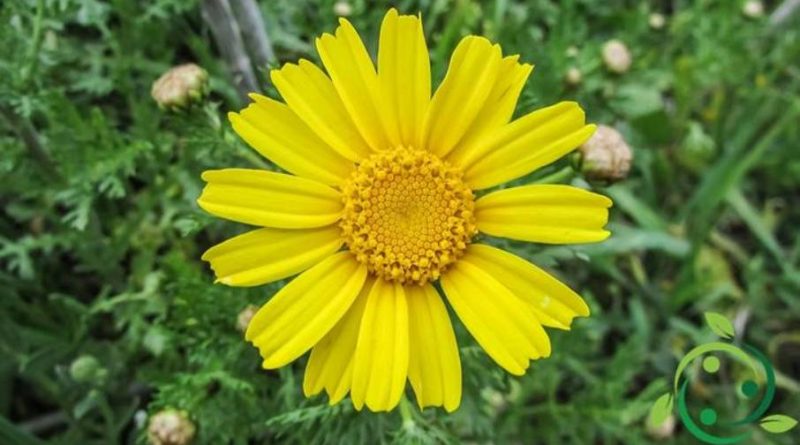Arnica essential oil – properties and uses
Arnica essential oil – properties and uses
Arnica (Arnica montana L.) is a medicinal herbaceous species belonging to the Asteraceae family. It is a glandular, perennial species, with an erect stem and medium robust, which can reach 20 – 60 cm, characterized by large orange-yellow flower heads with characteristic petals and a pleasant aromatic smell.
In this sheet we will talk about Arnica essential oil – properties and uses of the same.
The whole plant (flowers and rhizome) contains a glucoside, the arnicin which is similar, as action, to camphor. The plant produces two different essential oils: one located in the flowers and the other in the dried rhizomes. Phytosterine, gallic acid and tannin can also be extracted from the plant. The roots to taste are very bitter.
If swallowed, the undiluted tincture can cause tachycardia, enteritis and even a cardiocirculatory collapse. For these properties, this plant was once used as a poison. Countermeasures for accidental ingestion include the ingestion of coal to absorb traces of toxins in the intestine and the ingestion of liquids to dilute the concentration. To date, no antidotes are known.
The use of Arnica essential oil is therefore elusive for external use. The properties of this oil are: vasodilatarici, antiecchimotica; therefore ideal on bruises, sprains and chilblains. For use it is necessary to dilute the essential oil in water, rubbing the painful or affected parts.
For the harvest instead of the parts of the plants, to extract the essential oil, the most suitable periods are: the leaves and the flowers in summer; the rhizomes in September-October. During flowering, the whole plant is used.

